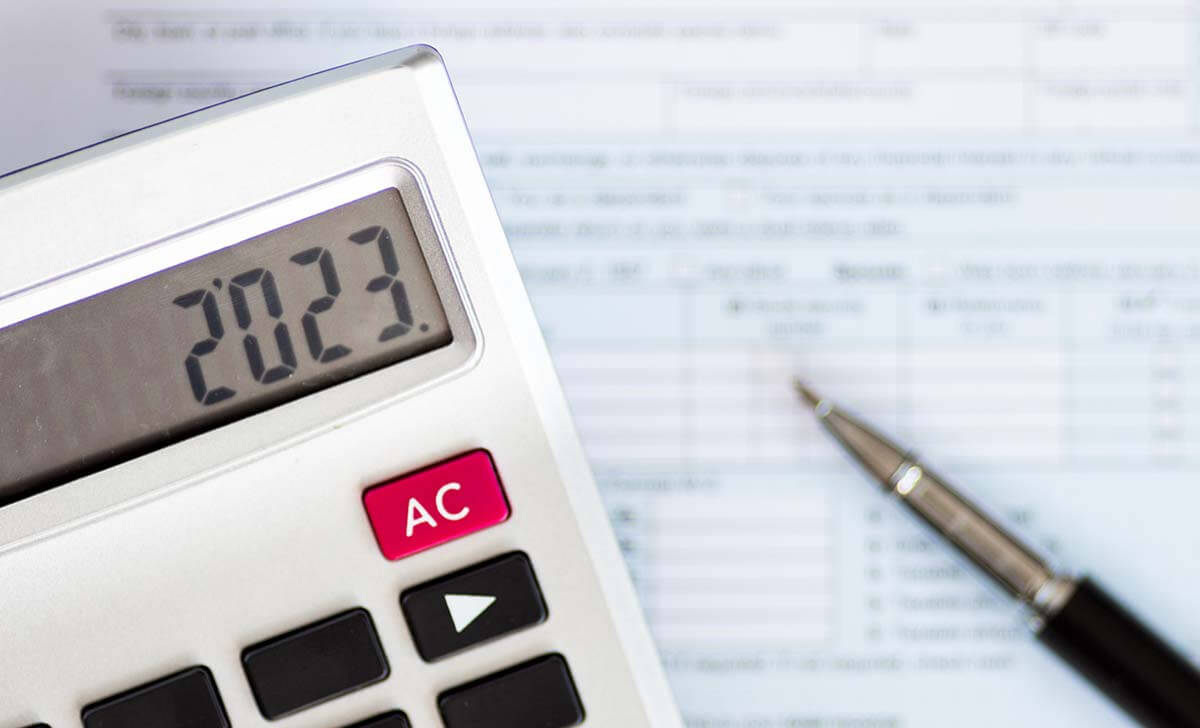
While there have been changes to the corporate tax rate, these are not applied across the board. You need to assess your own company’s circumstances to determine your eligibility for reduced corporate tax.
The full company tax rate remains at 30%, and this applies to all companies that aren’t eligible for a lower company tax rate.
So how do you know if you are eligible for a lower rate?
1. Base rate entity
A base rate entity is a company that has an aggregated turnover less than $25 million for the financial year 2017-18. However, from 2018-19 this increases to $50 million turnover. For those businesses that fall below this threshold the tax rate will be 27.5% till 2025-26 when it will reduce to 26%, and then from 2026-27 it will reduce to 25%.
2. Small Business
In order to qualify as a small business a company’s annual turnover must be $10 million or less for 2017 financial year. They also must be considered to be carrying on a business. The ATO has a fairly liberal interpretation of when a company is carrying on a business. The draft ruling TR 2017/D7 indicates that a company is carrying on a business where it is established and maintained to make a profit and invests its assets in gainful activities that have a purpose and a prospect of profit.
Lodging your 2017/2018 tax return
As there are no proposed changes to lodgement programs should you now qualify as a small business you should assess whether the early lodgement program still applies.
Carrying on a business
The ATO has a fairly liberal interpretation of when a company is carrying on a business. The draft ruling indicates that a company is carrying on a business where it is established and maintained to make a profit and invests its assets in gainful activities that have a purpose and a prospect of profit.
Franking Credits
The maximum franking credit that can be allocated is based on the corporate tax rate for imputation purposes. For 2016-17 the tax rate is determined for imputation purposes by assuming that the aggregated turnover is the same as the previous year and applying the corporate tax rate for the current income year (unless they didn’t have a previous year, in which case the tax rate will be 27.5%).
This may result in a tax liability where franking credits on dividends have been claimed at 30%, yet should have only been 27.5%.
Note:
- If the dividend is paid on or before the 30th June 2017, the rules for 2016/17 apply.
- If the dividend is paid on or after the 1st July 2017, the rules for the 2017/18 apply.
We recommend speaking to one of our tax specialists to assess your eligibility for reduced company tax rate.









Comment